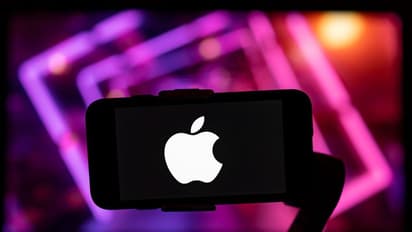Apple update: iPhone users can self-repair their smartphones with genuine parts

Synopsis
Apple is expanding its Self Service Repair program to include genuine used parts, potentially reducing iPhone repair costs. The program seems to have now been expanded to include genuine used parts.
Apple started the self-repair program in the US and other countries but most people complained the process for this is stringent and limiting. The corporation is now altering what may be utilized and how to fix an iPhone when a person is at home. When an iPhone customer had problems and wanted to fix the device themselves, Apple could assist them in finding the replacement components and the toolkit they required.
But the biggest obstacle was that Apple wanted people to use new and genuine iPhone parts to fix the issues. In the upcoming weeks, Apple plans to change this regulation and allow customers to fix their iPhones (a portion of the models) using pre-owned components they already own or obtain from friends or neighbors.
In the upcoming weeks, Apple plans to change this regulation and allow customers to fix their iPhones (a portion of the models) using pre-owned components they already own or obtain from friends or neighbors.
Apple included a message anytime it detected the usage of an aftermarket part on the iPhone, as the firm has historically been selective about the parts that connect with iPhones during repairs. Furthermore, the functionality won't function at all if you done so for the Face ID or Touch ID sensors. Similar to new authentic Apple components, used parts will now enjoy the complete functionality and security provided by the original factory calibration, according to a statement from Apple.
According to reports, Apple is introducing a new self-repair policy for iPhone versions 15 and up, which allows old screens, batteries, and cameras to be fixed. Future iPhone models will be able to support old face ID sensors in the event that they need to be repaired, saving money on a costly replacement component.
That being said, Apple intends to implement a well-defined framework and document the specifics of the components replacement. Therefore, Apple will retain the information about the used components in the components and Service History area of iOS on the iPhone if your repair involves their use.
Find the latest Technology News covering Smartphone Updates, AI (Artificial Intelligence) breakthroughs, and innovations in space exploration. Stay updated on gadgets, apps, and digital trends with expert reviews, product comparisons, and tech insights. Download the Asianet News Official App from the Android Play Store and iPhone App Store for everything shaping the future of technology.